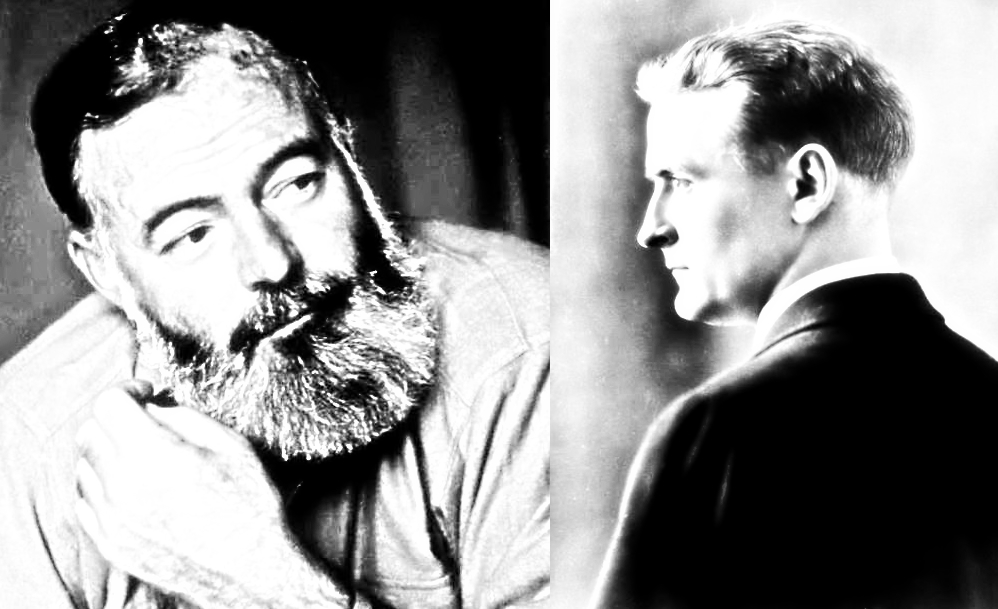Before I fancied myself a teacher, I remember sitting in grade school and listening to my teacher read “The Legend of Sleepy Hollow” by Washington Irving to the class. I assume it was fall, and, honestly, when I look back, regardless of what it actually was, it is fall in my mind. I can imagine the dark sky and the rain on the classroom windows and the autumn leaves blowing on the street outside. It was then that I thought to myself: “I am going to teach one day because I want this experience to exist for others.” Washington Irving’s impact on me really stops there. I read Rip Van Winkle in a literature class, but I hadn’t really thought about him until recently. So, for today’s post, I would like to dig in a little to understand the life of Irving and where he comes from to better understand his stories.
Biography
Irving was born in New York City in 1783. He had 10 siblings (making him the 11th), and was a “young, frail” child, according to some sources. Rather than attend college, Irving studied law in his early days and “wrote a series of whimsically satirical essays,” which is a style that would later define his work. Moreover, he spent much of his early days wandering the city and the countryside exploring, learning from the histories and stories that were pervasive in the Hudson River Valley, as it was “steeped in local folklore and legend and served as an inspiration for his later writings” (notablebiographies.com).
As a lawyer, Irving worked diligently but spent much time devoted to his craft and published a series of letters in 1802 under the pseudonym Geoffrey Crayon. He also collaborated with his brother William and James K. Paulding in 1807 and 1808 to craft a series of essays entitled Salmagundi, which were “concerned primarily with the passing phases of contemporary society.” (Britannica.com).
Irving moved to England in 1815 and after the family “import-export” business took a dive, he busied himself with writing and produced The Sketch Book under the pseudonym Geoffrey Crayon. This book contained both “Rip Van Winkle” and “The Legend of Sleepy Hollow.” It was also extremely popular with audiences and made Irving a star in the literary world (the first of such stature). To give some context to his style, here is an excerpt from “The Legend of Sleepy Hollow,” and in this passage, the protagonist Ichabod Crain comes face-to-face with the Headless Horseman:
“He appeared to be a horseman of large dimensions, and mounted on a black horse of powerful frame. He made no offer of molestation or sociability, but kept aloof on one side of the road, jogging along on the blind side of old Gunpowder (Ichabod’s horse), who had now got over his fright and waywardness. Ichabod, who had no relish for this strange midnight companion, and bethought himself of the adventure of Brom Bones with the Galloping Hessian, now quickened his steed, in hopes of leaving him behind. The stranger, however, quickened his horse to an equal pace. Ichabod pulled up, and fell into a walk, thinking to lag behind—the other did the same. His heart began to sink within him; he endeavored to resume his psalm-tune, but his parched tongue clove to the roof of his mouth, and he could not utter a stave.”
“The Legend of Sleepy Hollow” by Washington Irving
Irving would later return to America in 1832 and ventured out west where he wrote A Tour of Prairies (1835), The Adventures of Captain Bonneville (1837), and a few other works. He spent his final days near the Hudson River and died of a heart attack in Tarrytown, New York on Nov. 28, 1859 (Britannica.com).
Works Cited
notablebiographies.com
Britannica.com







